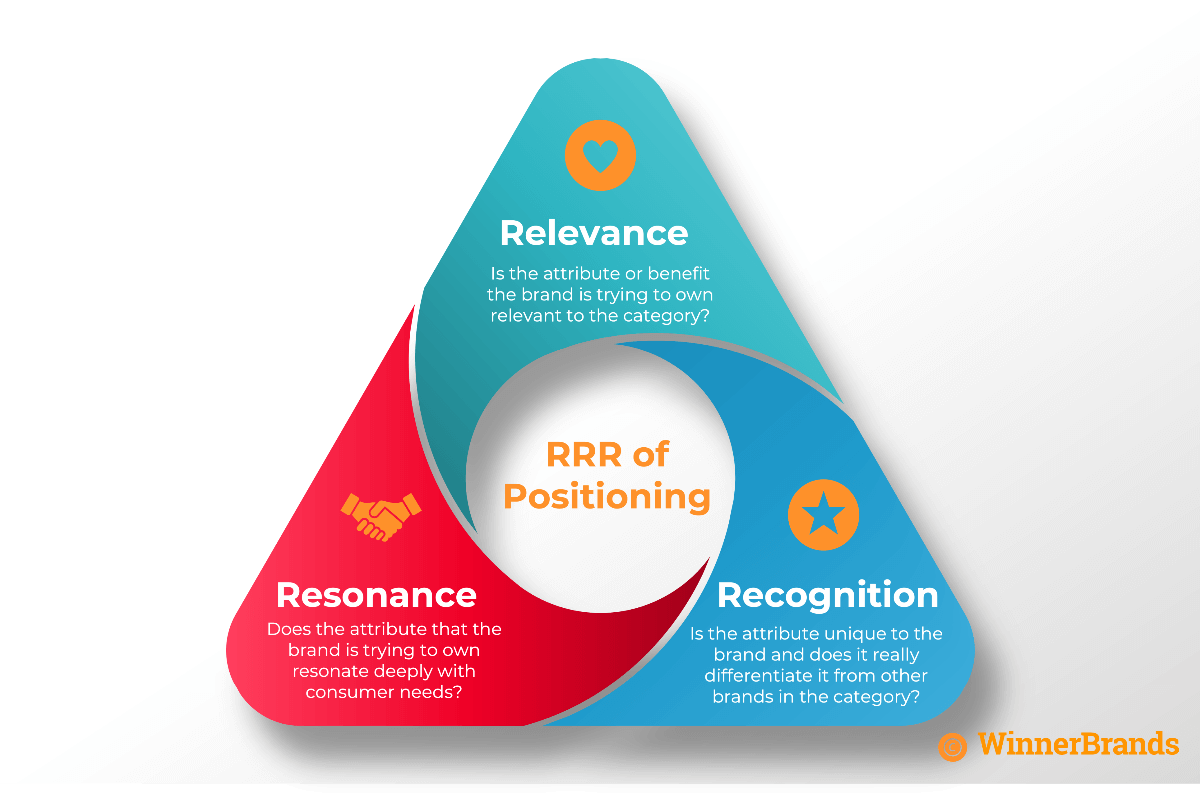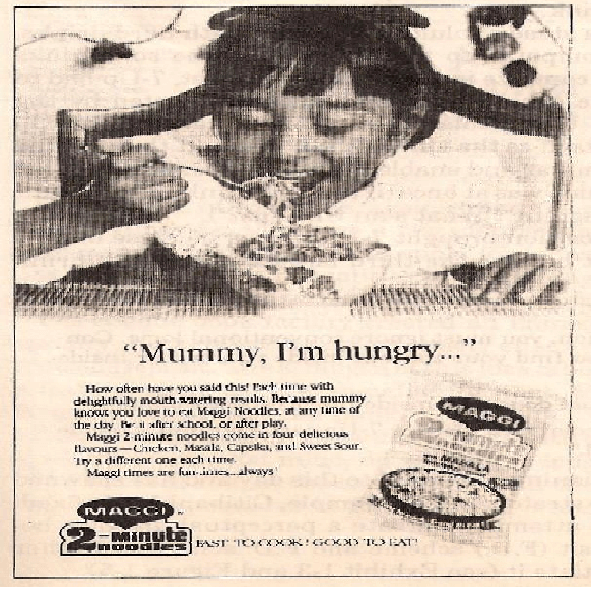This is part 1 of a two part series. To read the second part, click here.
What is Brand Positioning?
In their 2001 classic, “Positioning: The Battle for Your Mind”, Al Ries and Jack Trout defined Positioning as “an organized system for finding a window in the consumers’ mind”. This definition states 2 very important facts about the concept of positioning.
First, brand positioning is all about occupying a clear mind-space, an equity if you will, in the minds of your potential consumers. It’s the singular attribute that you want your consumers to remember about your brand, despite all the marketing noise around her. When nurtured well, with the right communication and through-the-line action, positioning becomes a recommendation hook and key differentiator for the brand.
Second, arriving at brand positioning requires an “organized system”. This means that deriving brand positioning is a mix of art and science. Positioning is not a campaign idea or a brand tagline; instead it’s a strategy that guides all brand communication as well as action. Indeed, crafting brand positioning requires a thorough understanding of category, consumer and competitive context- followed by a deep appreciation of the brand’s own strengths.
Traits of a good positioning
For brand custodians living in the brand’s world day in and day out, it’s only human to develop a confirmation bias and start assuming that the brand ‘owns’ certain attributes, whereas the reality may be different.
Remember, positioning should exist in the consumers’ and not the marketers’ mind!
A good brand positioning should in fact meet 3 clear criteria:
Relevance: first and foremost, is the attribute or benefit the brand is trying to own relevant to the category?
Resonance: secondly, does the positioning attribute that the brand is trying to own resonate deeply with consumer needs?
Recognition: finally, is the positioning attribute unique to the brand and does it really differentiate it from incumbents in the category?
These 3-Rs can serve as quick filters to judge if the brand team has really arrived at a positioning that can give the brand the desired edge.

To show these principles in action, let’s consider the case of Maggi, whose “2-Minute noodles” attribute has withstood the test of time.
Maggi- the case of an enduring Brand Positioning
Maggi launched in India in 1982. Nestle faced an uphill task of establishing a new category. The texture and nature of the product was alien to Indian palates. In this scenario, the biggest challenge before Maggi was to establish its relevance by positioning it correctly.
At the time of its launch Maggi could have explored several positioning spaces- given the product novelty (vs. traditional Indian snacks), it could have positioned itself as an exotic, exciting food option, or else it could have considered owning the space of a ‘wholesome snack’- after all with a little tweak it could become an interesting way to make kids eat vegetables.
However, the brand team found that snacking occasions, when kids came home after school or play, offered an interesting opportunity to uniquely position the brand.
On these occasions most moms struggled with time to cook snacks for their kids. Kids weren’t ready to wait and mothers were hesitant to offer them packaged/ready-made food.
A quick solution that also gave mothers the satisfaction of cooking could solve this. Maggi fitted the bill perfectly.
The positioning of the product was therefore decided as a hot, freshly cooked snack that would become a mother’s answer to the emotive call of her kid: “mummy bhookh lagi hai! ” The 2-minute attribute, emphasized since its launch communication, has become a short and memorable hook for the brand’s positioning in the consumers’ mind.

Coming back to our 3-Rs of positioning- this attribute is of course “Relevant” because when it comes to satiating hunger, especially those of kids, time is of the essence.
The attribute is extremely “Resonant” because not being able to quickly meet the kid’s call for hunger could have negative emotional repercussions for both mother and kid.
The ability to offer a hot and freshly cooked snack within 2 minutes was nothing short of revolutionary. No wonder, this attribute was seen as distinctly unique and helped the brand instantly differentiate and build “Recognition.”
In fact, the 2-minute positioning of Maggi has been one of the most enduring ones.
However, with the rapidly changing consumer context, the paradigms of positioning are also changing.
Positioning in today’s context- some challenges and opportunities
When it comes to positioning a brand, the new-age consumer context is both challenging and exciting, giving rise to new brand positioning trends.
First, today’s digital native consumers are incredibly information hungry and search has therefore become an intuitive behaviour. It is becoming increasingly difficult for brands to own a sharp positioning through raw media power alone. Powered by tech, consumers can and will look into the backend of brands. Ratings, reviews and influencer opinions have become default means for verifying brand claims across categories.
In addition, the competitive clutter is at an all-time-high, consumers have an option to “skip” ads, there is reduced attention span, and a high tendency to multitask.
In such a scenario building a “window in your consumer’s mind” (as Al Ries and Jack Trout would want us to) might sound an arduous and next-to-impossible task. Some might even consider it redundant as consumers would anyway do their research and form their own perceptions about brands.
However, the current consumer context also presents some great opportunities as far as positioning a brand is concerned.
For example, a high propensity to search means that brands have more opportunity to not just showcase their world but also engage, entertain and educate their consumers. In this process, even new and upcoming brands can create passionate evangelists- something that was almost inconceivable a decade ago.
Further, given the information glut and choice overload, consumers today are deliberately looking out for easy hooks for decision making and a well-crafted positioning can be a potent hook that a brand can give.
Hence, brand positioning today is more relevant than ever but owning it is no longer merely about something you say or communicate, rather it is something that you do and demonstrate.
Brands, both big and small, are expected to walk the talk.
Many new-age brands have smartly leveraged these consumer trends to craft a compelling positioning for themselves and have been rewarded with amazing word of mouth and an enviable consumer stickiness.
But more about that in our next issue!
Meanwhile do listen to our podcast with Manu Prasad, the CMO of Scripbox, on how traditional brand building playbook is changing: Click here.
If you haven’t yet subscribed to FreeFlowing, our weekly newsletter on all things marketing, do click on the subscribe button so you can read the second part of this post the moment we publish it.
Keep the conversation flowing by writing to us at freeflowing@winnerbrands.in. We read all your mails.
